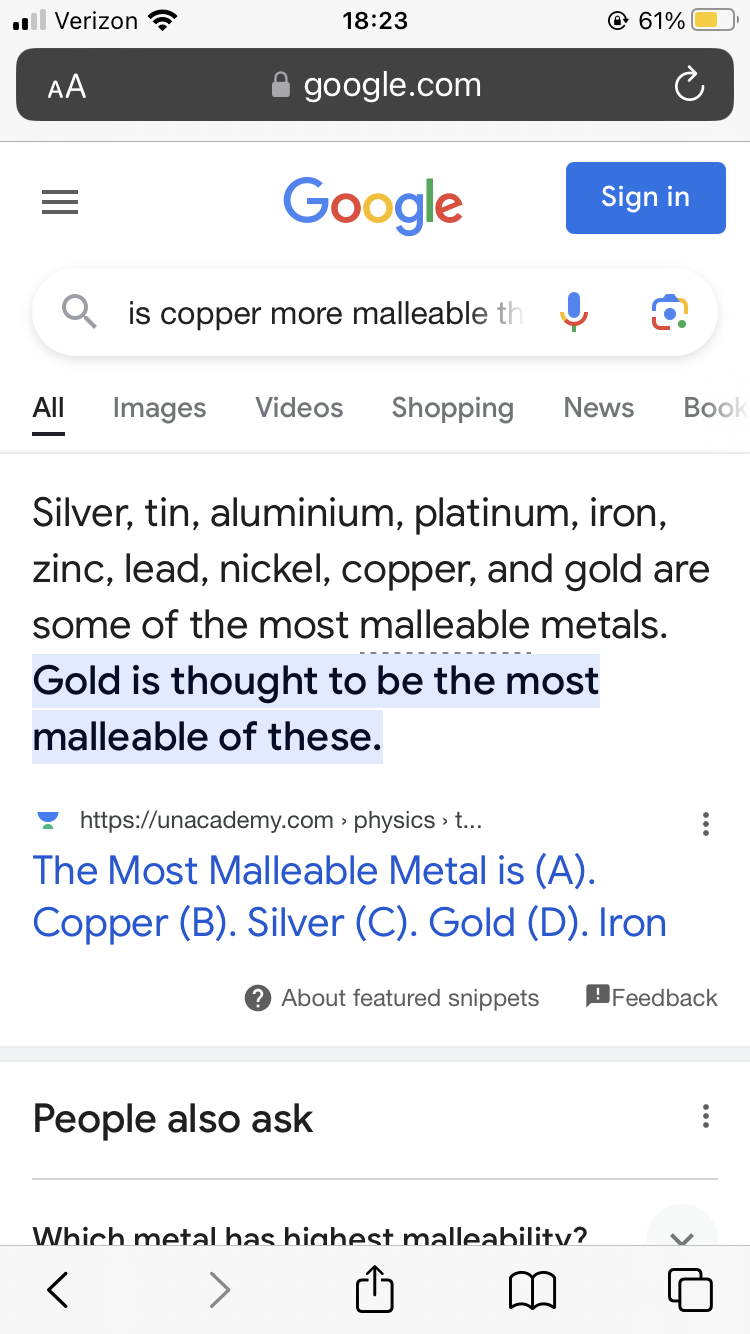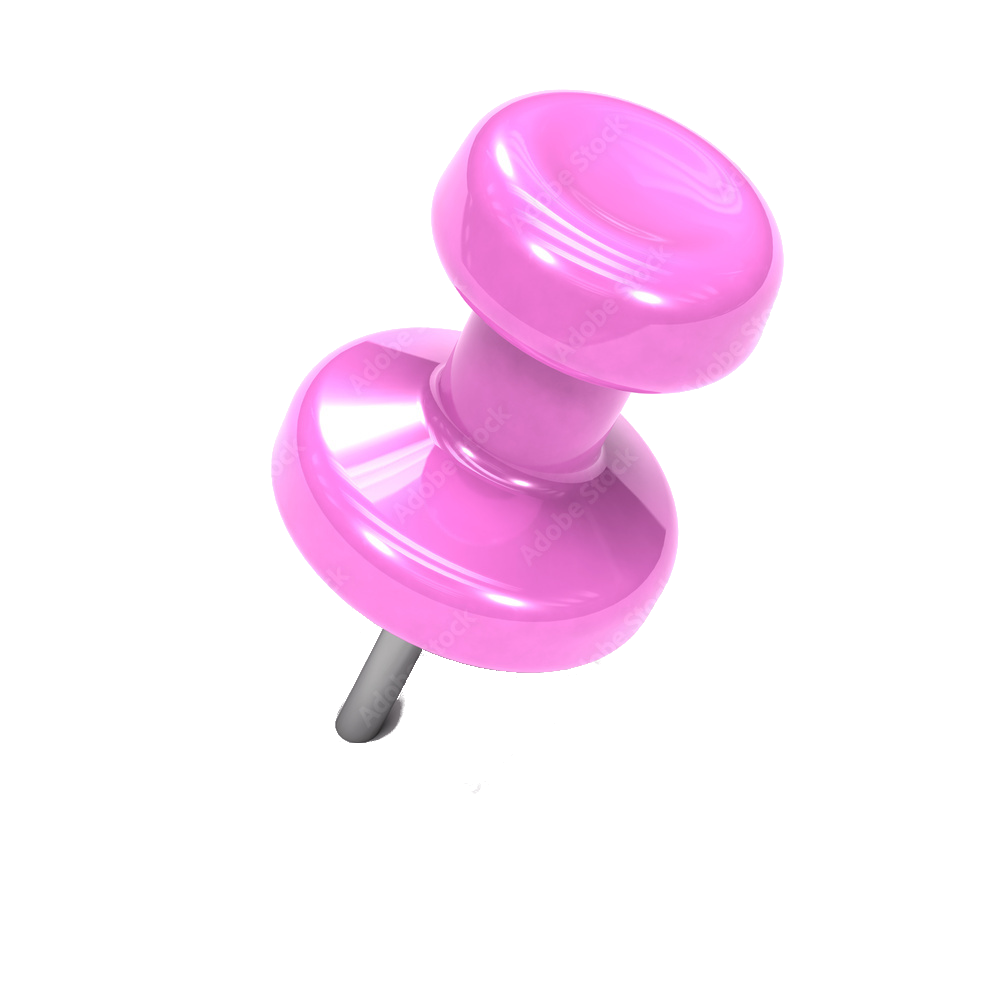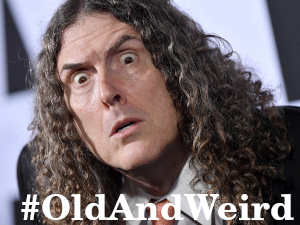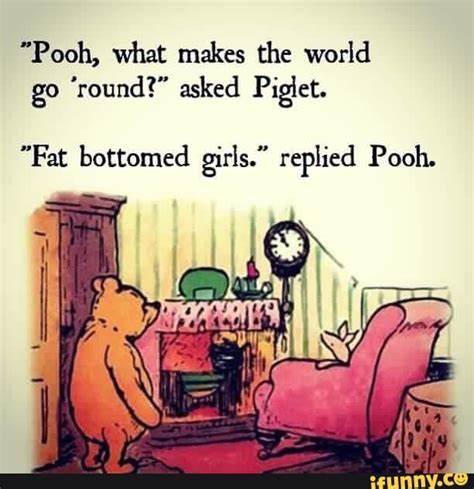This isn’t actually true. In the US, housing has outpaced the value of gold.
In 2023, you would need 254.7 ounces of gold to buy a house, since $495,100 avg home / $1,943 price of gold = 254.7
In 1920, you would need 164.1 ounces of gold to buy a house, since $3,395 avg home / $20.67 price of gold = 164.1.
Fuck, even the gold isn’t safe.
Gold isn’t terribly useful as a metal. Sure it’s valuable but mostly because people see it as valuable and perceptions can change.
Everyone needs a place to live and on top of that land can be used for making money even if land itself isn’t as lucrative.
Yes and no.
Gold has been used as a currency historically for many reasons. It’s inert. It has a low melting point. It’s malleable and easily divisible. It doesn’t tarnish. A piece of gold from 2,000 years ago will be the same weight today as it was then. It also is attractive, which gives it value for jewelry. And, importantly, it’s predictably rare and can be mined.
Today, it’s also valuable for electronics. Its inability to tarnish makes it fantastic if you need a connection to be corrosion resistant.
There’s a reason gold still holds its value even though it’s not used for currency anymore.
Gold’s value isn’t tied to its usefulness. Based on statista, less than 7% of global gold use is for “technology”. The rest of it goes to jewellery, investments and banks.
The quantity you need for gold to be as useful as it’s going to be in whatever application short of aesthetic/monetary value is so low that it just doesn’t make sense for its value to be tied to its actual use. So little gold is used for “real” applications that if that was driving its valuation , it’d be probably 10% as valuable as it is. That’s what people mean when they say it isn’t useful.
The same can be said for banknotes, they are quite useless as paper, they are mostly valuable because people see them as valuable and perceptions can change
I’m gonna start carrying houses, food and water in my wallet instead
Right, which is why using gold for a currency replacement is folly. They’re both valued based on something other than their real world applications, so if you trust one to stay relevant, you should probably trust the second as well.

Crypto Bois reading this
Right but at least bank notes are easy to use and don’t require a scale.
I’m pretty sure you are wrong about that. Gold is one of the best conductors, it is extremely malleable, used in dentistry and medicine, electronics, it even protects against radiation.
Gold is extremely useful, just an fyi you are incorrect
Gold is a worse conductor than copper, a much more common metal. There are many metals that are more malleable. Dentistry has moved away from gold and is typically only used for aesthetics. In electronics gold is mostly used to resist corrosion and it’s typically electroplated to do so, because of this the amount of gold use is incredibly small. Finally, almost every metal protects against radiation, hell even skin does that to most radiation and where that differs is in ionizing radiation where most of the time lead is easier to use than gold.
You are incorrect, but I don’t really care that much

deleted by creator
And let‘s not forget that the average home in 1920 was way more modest than today‘s average home.
I’m seeing $412K as the average price of a home in 2023, not $495K. And gold was $2,135 in 2023. The price in gold is still higher in 2023, though about 193 bars for a home.
Couple other notes, more related to the post.
1920 is an oddly good year to use. It’s just after WWI. Industrialization and modernization are taking off across the US. Worker’s rights are beginning to take hold and working class people are now able to afford homes. It’s before the Roaring 20s, so you’re not going to get the actual details obscured with the market rush and subsequent depression.
There is a couple important downsides though…
Firstly, mortgages didn’t really exist back then. I mean, they did, but they were horrific. You’d have to go to an insurance company because banks wouldn’t offer them. The terms would give the insurance company full ownership of the property. If you were lucky, it would be a balloon loan - pay only the interest during the 5-10 year term and then pay the entire balance at the end. If you were less lucky, it was a lifelong contract where you only paid the interest plus fees every month.
There was an alternative but most people didn’t have access to it: membership in a Savings and Loan corporation, also known as Building and Loan or thrifts. You’d join as a member and agree to buy X shares every month. If you give a notice (30-90 days usually), you would be allowed to cash out the shares plus interest earned for their actual value. When you wanted to buy a home, you would be allowed to use your shares as collateral. Each monthly payment would pay for the interest and a certain number of shares. Once you had enough shares, you would redeem them to pay off the loan. A bit complicated, but S&Ls were fantastic for the common person. They were owned by the members of your community and all loans went to support said community.
Secondly, kind of related to the first point, there were no 30 year mortgages. Home prices are virtually tied to the monthly payment and a thirty year mortgage allows for lower monthly payments. Prices might get out of line a bit, such as right now, if people believe that interest rates will drop and they can refinance later. Personally, I don’t think we’ll see any drops for at least two years and, even then, we won’t see anything like the 2020-2021 rates unless we experience an economic catastrophe like 2008. You want higher rates when the macro environment is strong and lower rates when it’s weak. Cheap debt in a good economy is basically a handout to the rich - makes you wonder why Trump pushed the Fed to keep them low back in 2018-2019…
The bar in the picture says it’s a kilo which is $65, 344. While I could agree with OP that 10 kilos would give you an average house in higher priced areas like new York or LA, it would definitely buy you several nice houses in 1920.
This post feels like it’s sponsored by the World Gold Council to encourage people to buy gold.
Just ignore that general index funds have higher ROI.
And you don’t need armed guards to keep index funds.
Fucking big gold
FR though, I’ve seen those “BUY GOLD” advertisements on Cable TV aimed at the mentally feeble and elderly, it’s really not cool.
Gold prices must be high
Let’s be real, hordeing physical gold is just something elderly people do because of scam advertisements they see on cable TV.
They’d actually also be very likely to get you targeted by thieves as well. Even if you tried to keep quiet about them, there would be an entire chain of custody which would be required inform when such a large quantity of gold bullion where sold or bought, as well as their transportation and the transportation’s insurance, if you don’t get scammed in the process.
If you had of invested the equivalent amount of money in the Dow Jones index instead of purchasing 10kg of gold and kept it invested from 1920-2024 you would have ~$15 million.
This, precious metals are a hedge against hyper inflation. Not an investment.
Me when I post misinformation online: 😈
So what you’re saying is I should invest in gold because it increases in price at the same rate as housing?
So I never actually make any progress? And then in the end I just have a bunch of gold? Why wouldn’t I just buy the house then?
Memes from the alternate universe where we still use the gold standard
Gold has no intrinsic value to me I wonder if as the boomers start to die off if it will start losing some form of value
It has some intrinsic value because it’s a metal with a variety of applications. It just doesn’t have nearly enough intrinsic value to justify its price.
For example, plating memory contacts and latinum
Rule of Acquisition number 102: Nature decays, but latinum lasts forever
I feel like one of these is off by a 0
Which one? Gold was $20.67 per Troy ounce in 1920, that’s about $664.55 per kilo. 10 kilos about $6,645.55 I’m believing the first search result https://www.countryliving.com/life/g33398396/what-things-cost-100-years-ago/ says that matches up. Gold is about $64,900 per kilo today so $649,000 for 10 bars, that’s a low cost of living middle class place or HCOL very small house that needs renovation. I could see you meaning these days and houses in some areas are in the $6 million range, guess they should be location specific.
Median home price in the US last year was about 450k, so I’d say your scale is a bit skewed.
Jesus. Got my house 7-years ago on a Habitat for Humanity mortgage, for which you pay cost. ~85K? Also, no interest on the loan. Also, no property tax.
3-bed/2-bath/80’x200’ lot/1,140sq. ft. living space/$550mo.
Call your local Habitat chapter, go to the next meeting and learn. Keep going with the program if you can. Took my ex-wife and I 14-months, start to finish.
I can’t tell you the qualifications, they change and are different from one area to the next. I can give you some basic answers, at least I’ll try.
I’m in Canada. 25 years ago my parents bought a home for $130k, they sold it 15 years ago for $500k, it’s now listed for $1.1 million. We are so fucked.
My last house I bought in 2012 for 545k CAD. Sold it 10 years later for 1.3 million. Agree. We are collectively fucked.
Sounds like you’re not doing too bad
Nah that’s in maple dollars










